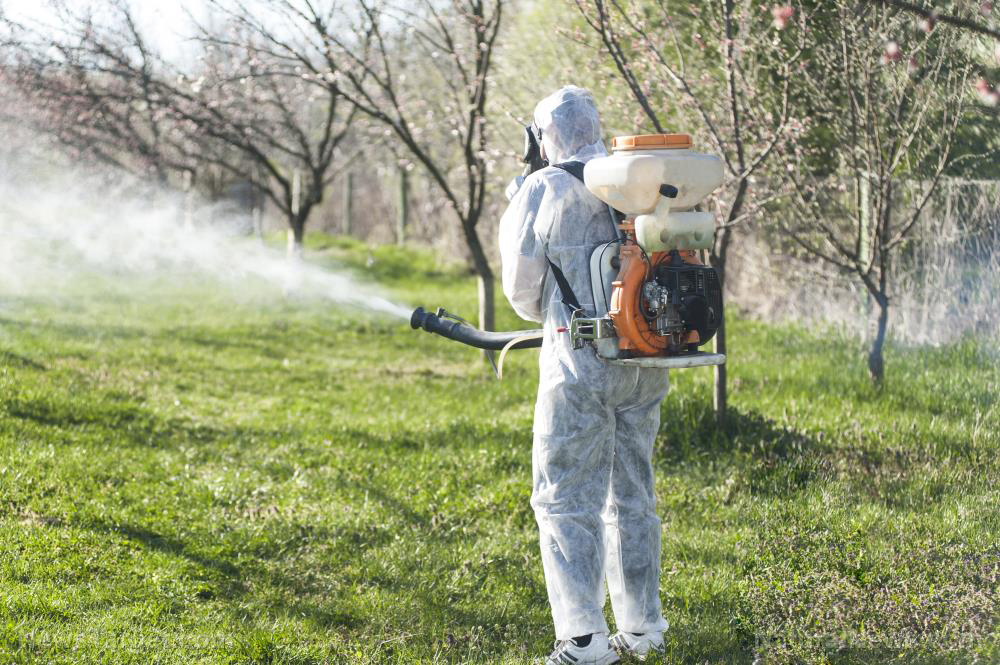What are VOCs and how do they affect your health?
04/17/2020 / By Divina Ramirez

Household items we use on a daily basis, such as furniture, rugs and air fresheners, emit volatile organic compounds (VOC), a group of chemicals that include benzene, formaldehyde and toluene. Other common sources of VOCs include paint, varnish, sealants, flooring, mattresses, plywood and hairspray.
Unlike most toxic chemicals, VOCs are generally colorless and odorless. However, this does not take away from their toxicity. For instance, exposure to formaldehyde can irritate the nasal tract, while exposure to benzene can severely damage the bone marrow and deplete red blood cells.
Generally speaking, however, short-term exposure to VOCs can cause the following symptoms.
- Headaches
- Nausea
- Dizziness
- Chronic coughs
- Sore throat
- Wheezing
- Memory loss
- Vision impairment
- Nosebleed
- Fatigue
If left unchecked, these symptoms might give way to serious conditions like chronic asthma, kidney disease, cognitive dysfunction and cancer. (Related: Formaldehyde now officially listed as cancer-causing chemical; here are the top sources of exposure.)
Since we spend our time indoors for the most part of the day, it is important to understand the health risks of VOCs and take steps to limit VOC exposure.
Ways to reduce exposure to VOCs
Don’t wait until you start to experience problems caused by VOCs. Here are four protective measures you can take to minimize VOC exposure and avoid adverse health effects linked to VOCs.
Ventilate
Proper ventilation is the key to good indoor air quality. “Stale” air occurs when a buildup of impurities in the air, such as chemicals and gases, mingles with high levels of humidity. To avoid the stuffy sensation that poor ventilation causes, make it a habit to open the windows every day. Use exhaust fans and household fans to allow indoor air to flow. House plants also act as natural dehumidifiers, so cultivate a few and scatter the plants around the house.
Avoid or limit the use of products with high VOCs
Remove or reduce the number of household products that have high VOC content. If you absolutely need to use products with VOCs, such as paint, adhesives and sealants, look for low-VOC variants and only buy enough to cover the project that you need it for. You should also use products with VOCs in a well-ventilated area to avoid the buildup of chemicals in the air.
Meanwhile, unused products with VOCs should be stored outside or in a shed that is not accessible to children. If you no longer need the product, dispose of it properly right away.
You can also create household cleaners from natural ingredients as an alternative to chemical cleaning products and disinfectants. Moreover, opt for non-toxic furniture like wooden items with eco-friendly stains and finishes.
Maintain a low room temperature
Keep the room temperature and humidity as low as comfortably possible. Products with high VOC content tend to emit chemicals more readily in high temperatures and humid environments. To reduce excess moisture in the air, improve ventilation or scatter potted plants around the house. But take care not to get rid of too much moisture. If humidity levels are too low, you become at risk of colds, dry skin and respiratory problems.
Install a VOC detector
You can also install a VOC detector for your peace of mind. This instrument operates much like a smoke detector, except it alerts you if it detects high levels of VOCs in the air. It can be especially useful if you wish to totally rid the house of furniture and household items that release VOCs. Consult with a professional who specializes in heating and ventilation for comprehensive guidance.
It is extremely important to minimize, if not totally avoid, exposure to VOCs. VOCs can not only negatively impact you and your family’s health but also contribute to environmental pollution that affects the community at large.
Sources include:
Tagged Under: asthma, Cosmetics, kidney disease, particulate matter, products, toxic chemicals, toxins, volatile organic compounds
RECENT NEWS & ARTICLES
COPYRIGHT © 2017 POISON NEWS



















